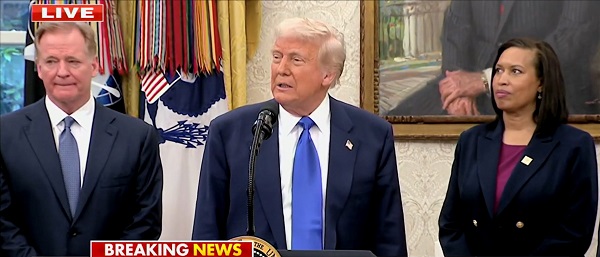Alberta
Canadian dairy plant becomes unlikely symbol of defiance for Ukrainian farmers
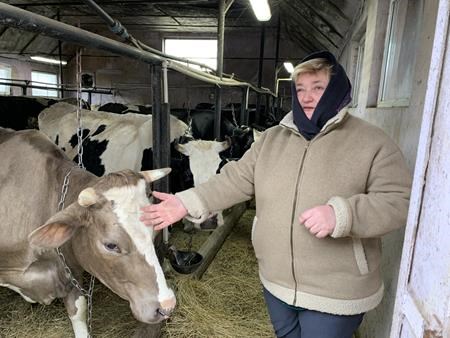
KRASNE, Ukraine — The cows on Lyuba Pastushok’s farm are like her “cheeky children,” she explained in Ukrainian as she walked among her growing herd, gently cooing to them and softly petting their heads.
A few years ago there were only five cows on her small family operation in Holoskovychi, a rural community an hour and a half east of the nearest city of Lviv, in western Ukraine.
Now she tends to 25 cows, six of which she bought after Russian forces invaded the country.
Wrapped up against the cold with a kerchief tied over her head, the Ukrainian matriarch pointed out each by name, her voice full of motherly pride.
She credits her success to the creation of a Quebec-style co-op in her community, and said a new Canadian dairy plant in the area is likely to help the local industry grow even more.
The project has become an unlikely symbol of defiance in the face of the Russian invasion.
Russia is stepping on Ukrainian farmers, Pastushok said through a translator during an interview in her farmhouse kitchen, “but we are developing in spite of them. We are who we are — Ukrainians.”
The $3-million dairy plant, funded by Global Affairs Canada, will produce milk, yogurt, sour cream and hard and soft cheeses using milk from the local dairy co-ops. Those co-ops will also have a stake in the management of the plant, which will employ 30 to 40 people.
Construction was already well underway when war broke out last year and disrupted every aspect of life in the now embattled country.
Investors at first shied away from putting their money into a project in conflict zone, said Camil Côté, the project officer for SOCODEVI, the Montreal-based development agency spearheading the project.
The invasion put a stop to the work for about three months, until Canada offered another $2 million to get it started again.
“Just like the whole of Ukraine, we survived the winter,” Côté said in an interview from Nicaragua.
“We have (had a) few dangerous situations near the plant,” said Andriy Blinovskyy, who manages the project on behalf of a corporation of local dairy co-ops called Nabil.
“We have missile explosion near the plant, when the electricity transformer station was destroyed maybe 10 kilometres from the plant.”
That explosion late last year forced workers to continue building through the winter without heat, using a generator for power.
When it’s up and running, the plant will mainly supply the Lviv region with locally produced products. The equipment and the brand new, gleaming milk tanks in each room carry Canadian flags.
“The factory is perceived as our own. Our country, our home, our family,” Pastushok said.
SOCODEVI first brought the Quebec-style co-op to Ukraine nearly a decade ago. It allows local producers with just a few cows to band together to negotiate for better prices.
“The needs in Ukraine are very similar to to what they were in Canada 50 or 60 years ago,” said Erin Mackie, a program manager for SOCODEVI.
“They were created because farmers needed to have that collective response in order to get the value added and to be able to generate a better income for themselves,” she said.
Ukrainian farmers were initially hesitant to sign on, since the co-operative model conjured memories of state-run operations under the Soviet Union. Mackie said the development agency worked to convince them that the plans was, in fact, democratic and capitalist.
The model is based largely on Quebec’s Agropur, the largest dairy co-op in Canada.
“This is how Agropur started, with a small co-op where you process milk,” said Céline Delhaes, who sits on the co-op’s board of directors, in an interview from her farm outside of Montreal.
She said it’s much easier for farmers to negotiate fair prices as a group than to negotiate one-to-one with large companies to process and sell their milk. She also said the profits will stay in local communities.
Delhaes travelled to Ukraine several times before the COVID-19 pandemic to coach local farmers and help them with the administrative aspect of setting up their co-ops.
The Ukrainian programs were growing steadily, as more and more farmers like Pastushok signed on, before the war began.
“People started selling cows. Some due to their illness, while young people went to work abroad. And it turned out that it became very expensive to cultivate the land,” Pastushok said.
She hopes more farmers in the region will join.
“We need to unite. Like this proverb, ‘One man in the field is not a warrior,'” she said.
Mackie said the aim is to create a national movement in Ukraine, in line with Canada’s dairy industry, and Canada’s decision to continue with the plant’s construction is a show of faith in the country’s future.
“It’s faith in the Ukrainian people, that they would overcome this,” she said.
The milk plant is by far the most modern-looking building in the area, its white siding and black roof standing out in stark contrast to its wood and stone neighbours.
Blinovskyy said he hopes it will be ready to accept milk from local cows this spring.
“It’s very powerful sign for all — for our enemies, for our friends, that Canada supports Ukraine and that the plant will start producing,” he said.
This report by The Canadian Press was first published March 15, 2023.
Laura Osman, The Canadian Press
Alberta
Temporary Alberta grid limit unlikely to dampen data centre investment, analyst says
From the Canadian Energy Centre
By Cody Ciona
‘Alberta has never seen this level and volume of load connection requests’
Billions of investment in new data centres is still expected in Alberta despite the province’s electric system operator placing a temporary limit on new large-load grid connections, said Carson Kearl, lead data centre analyst for Enverus Intelligence Research.
Kearl cited NVIDIA CEO Jensen Huang’s estimate from earlier this year that building a one-gigawatt data centre costs between US$60 billion and US$80 billion.
That implies the Alberta Electric System Operator (AESO)’s 1.2 gigawatt temporary limit would still allow for up to C$130 billion of investment.
“It’s got the potential to be extremely impactful to the Alberta power sector and economy,” Kearl said.
Importantly, data centre operators can potentially get around the temporary limit by ‘bringing their own power’ rather than drawing electricity from the existing grid.
In Alberta’s deregulated electricity market – the only one in Canada – large energy consumers like data centres can build the power supply they need by entering project agreements directly with electricity producers.
According to the AESO, there are 30 proposed data centre projects across the province.
The total requested power load for these projects is more than 16 gigawatts, roughly four gigawatts more than Alberta’s demand record in January 2024 during a severe cold snap.
For comparison, Edmonton’s load is around 1.4 gigawatts, the AESO said.
“Alberta has never seen this level and volume of load connection requests,” CEO Aaron Engen said in a statement.
“Because connecting all large loads seeking access would impair grid reliability, we established a limit that preserves system integrity while enabling timely data centre development in Alberta.”
As data centre projects come to the province, so do jobs and other economic benefits.
“You have all of the construction staff associated; electricians, engineers, plumbers, and HVAC people for all the cooling tech that are continuously working on a multi-year time horizon. In the construction phase there’s a lot of spend, and that is just generally good for the ecosystem,” said Kearl.
Investment in local power infrastructure also has long-term job implications for maintenance and upgrades, he said.
“Alberta is a really exciting place when it comes to building data centers,” said Beacon AI CEO Josh Schertzer on a recent ARC Energy Ideas podcast.
“It has really great access to natural gas, it does have some excess grid capacity that can be used in the short term, it’s got a great workforce, and it’s very business-friendly.”
The unaltered reproduction of this content is free of charge with attribution to the Canadian Energy Centre.
Alberta
Alberta Next: Taxation
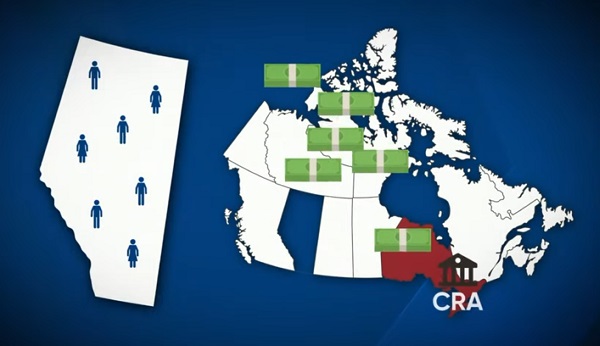
A new video from the Alberta Next panel looks at whether Alberta should stop relying on Ottawa to collect our provincial income taxes. Quebec already does it, and Alberta already collects corporate taxes directly. Doing the same for personal income taxes could mean better tax policy, thousands of new jobs, and less federal interference. But it would take time, cost money, and require building new systems from the ground up.
-
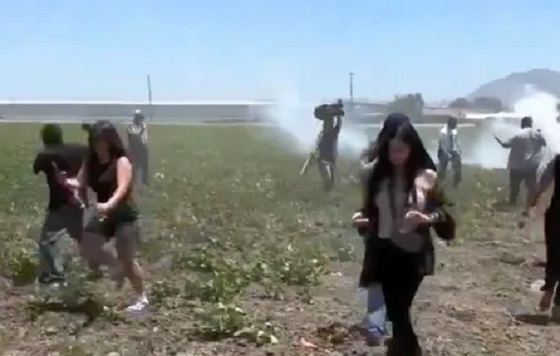
 illegal immigration2 days ago
illegal immigration2 days agoICE raids California pot farm, uncovers illegal aliens and child labor
-

 Business1 day ago
Business1 day agoTrump to impose 30% tariff on EU, Mexico
-

 Uncategorized17 hours ago
Uncategorized17 hours agoCNN’s Shock Climate Polling Data Reinforces Trump’s Energy Agenda
-

 Business7 hours ago
Business7 hours agoCarney Liberals quietly award Pfizer, Moderna nearly $400 million for new COVID shot contracts
-
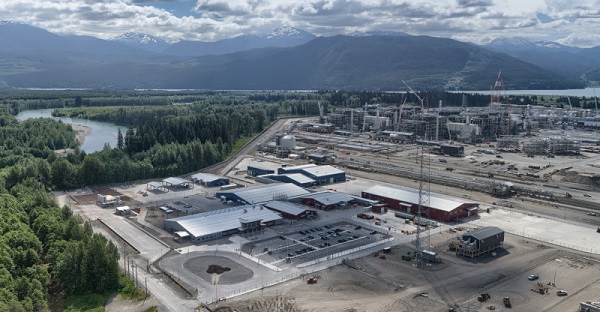
 Energy1 day ago
Energy1 day agoLNG Export Marks Beginning Of Canadian Energy Independence
-
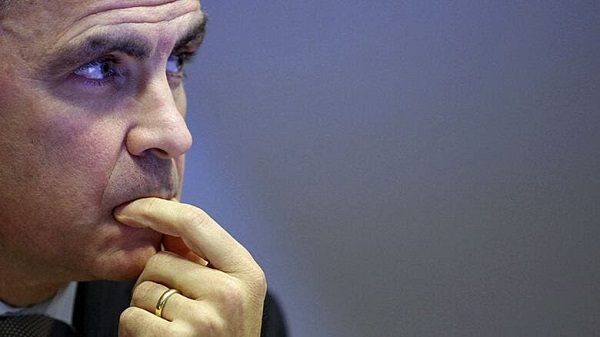
 Business1 day ago
Business1 day agoCarney government should apply lessons from 1990s in spending review
-

 Entertainment1 day ago
Entertainment1 day agoStudy finds 99% of late-night TV guests in 2025 have been liberal
-

 Frontier Centre for Public Policy18 hours ago
Frontier Centre for Public Policy18 hours agoCanada’s New Border Bill Spies On You, Not The Bad Guys


